2020
发布者: 发布日期:2025-09-26 浏览次数:3763
Chen, Y., A. Juhasz, H. Li, C. Li, L. Q. Ma, and X. Cui. 2020. The influence of food on the in vivo bioavailability of DDT and its metabolites in soil. Environmental Science & Technology 54(8): 5003-5010.
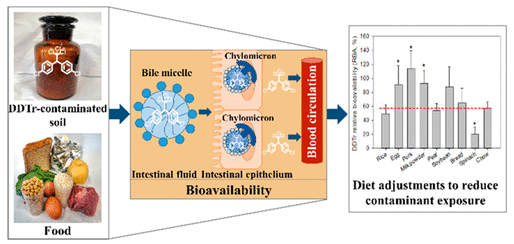
Chen, Y., M. Guo, R. Liu, L. Q. Ma, and X. Cui. 2020. Effects of novel brominated flame retardants and metabolites on cytotoxicity in human umbilical vein endothelial cells. Chemosphere 253: 126653.

Cui, D., J. Bi, Z. N. Zhang, M. Y. Li, Y. S. Qin, P. Xiang, and L. Q. Ma. 2020. Organophosphorus flame retardant TDCPP-induced cytotoxicity and associated mechanisms in normal human skin keratinocytes. Science of the Total Environment 726: 138526.

da Silva, E. B., P. Gao, M. Xu, D. Guan, X. Tang, and L. Q. Ma. 2020. Background concentrations of trace metals As, Ba, Cd, Co, Cu, Ni, Pb, Se, and Zn in 214 Florida urban soils: Different cities and land uses. Environmental Pollution 264: 114737.

He, S., X. Wang, X. Wu, Y. Yin, and L. Q. Ma. 2020. Using rice as a remediating plant to deplete bioavailable arsenic from paddy soils. Environment International 141: 105799.

Hua, C. Y., J. X. Chen, Y. Cao, H. B. Li, Y. Chen, and L. Q. Ma. 2020. Pteris vittata coupled with phosphate rock effectively reduced As and Cd uptake by water spinach from contaminated soil. Chemosphere 247: 125916.

Li, H. B., J. Y. Wang, X. Q. Chen, Y. P. Li, J. Fan, J. H. Ren, X. S. Luo, A. L. Juhasz, and L. Q. Ma. 2020. Geogenic nickel exposure from food consumption and soil ingestion: A bioavailability based assessment. Environmental Pollution 265: 114873.

Li, S. W., M. Chang, H. Li, X. Y. Cui, and L. Q. Ma. 2020. Chemical compositions and source apportionment of PM2.5 during clear and hazy days: Seasonal changes and impacts of Youth Olympic Games. Chemosphere 256: 127163.

Li, S. W., M. Y. Li, H. J. Sun, H. B. Li, and L. Q. Ma. 2020. Lead bioavailability in different fractions of mining- and smelting-contaminated soils based on a sequential extraction and mouse kidney model. Environmental Pollution 262: 114253.
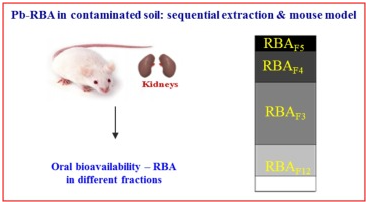
Li, X., D. Sun, H. Feng, J. Chen, Y. Chen, H. Li, Y. Cao, and L. Q. Ma. 2020. Efficient arsenate reduction in As-hyperaccumulator Pteris vittata are mediated by novel arsenate reductases PvHAC1 and PvHAC2. Journal of Hazardous Materials 399: 122895.

Liu, G., L. Liao, Z. Dai, Q. Qi, J. Wu, L. Q. Ma, C. Tang, and J. Xu. 2020. Organic adsorbents modified with citric acid and Fe3O4 enhance the removal of Cd and Pb in contaminated solutions. Chemical Engineering Journal 395: 125108.
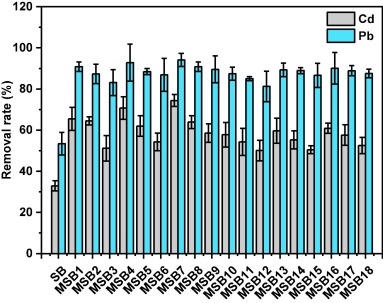
Ma, Q., W. Zhao, D. X. Guan, H. H. Teng, J. Ji, and L. Q. Ma. 2020. Comparing CaCl2, EDTA and DGT methods to predict Cd and Ni accumulation in rice grains from contaminated soils. Environmental Pollution 260: 114042.

Xiang, P., K. Wang, J. Bi, M. Li, R. W. He, D. Cui, and L. Q. Ma. 2020. Organic extract of indoor dust induces estrogen-like effects in human breast cancer cells. Science of the Total Environment 726: 138505.

Xu, W., P. Xiang, X. Liu, and L. Q. Ma. 2020. Closely-related species of hyperaccumulating plants and their ability in accumulation of As, Cd, Cu, Mn, Ni, Pb and Zn. Chemosphere 251: 126334.
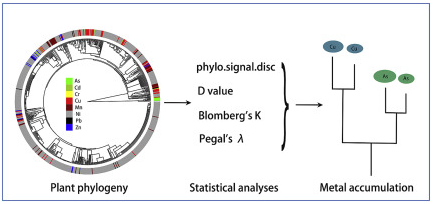
Zhang, R., Q. Zhang, L. Q. Ma, and X. Cui. 2020. Effects of food constituents on absorption and bioaccessibility of dietary synthetic phenolic antioxidant by Caco-2 cells. Journal of Agricultural and Food Chemistry 68(16): 4670-4677.

